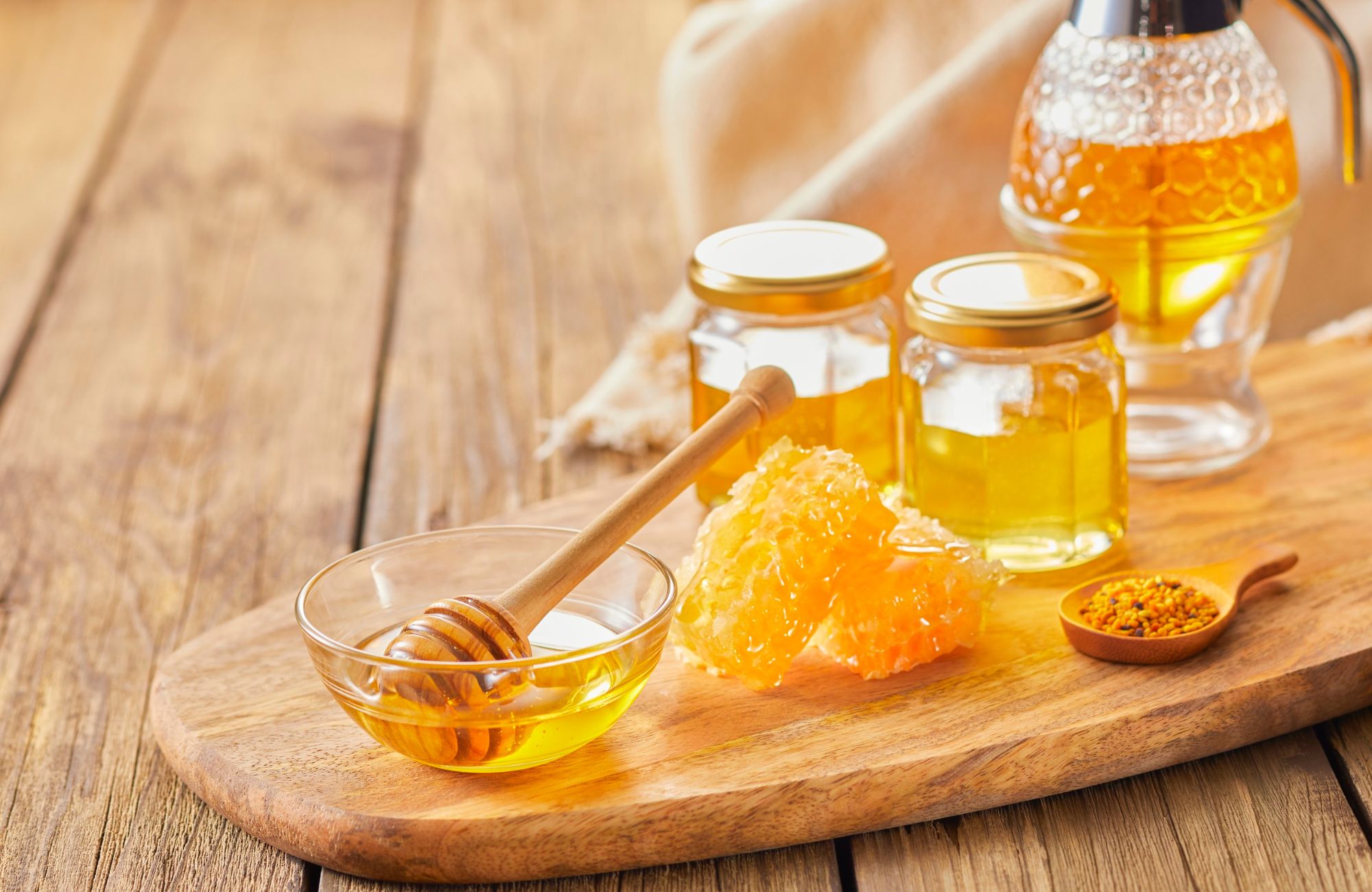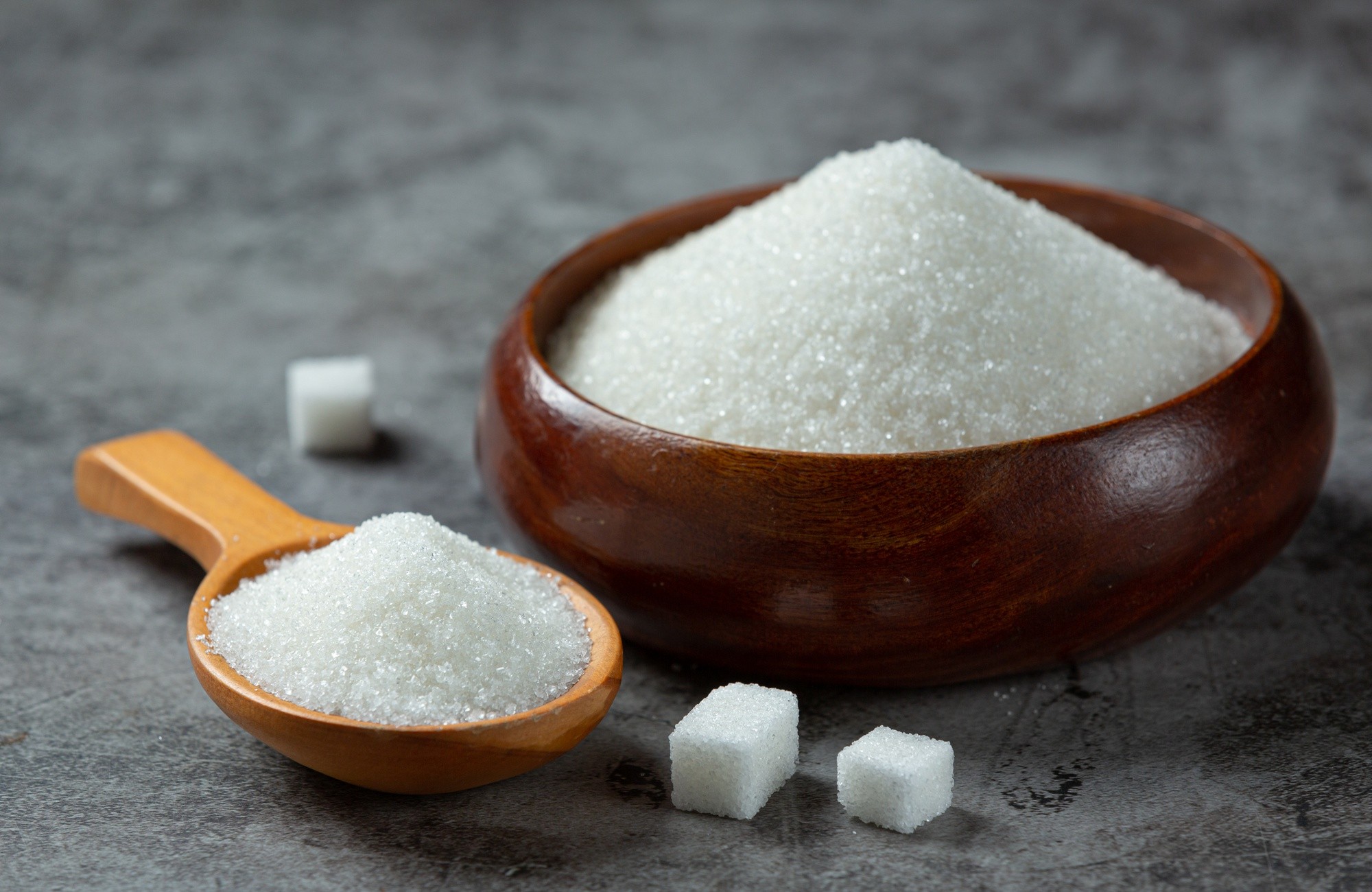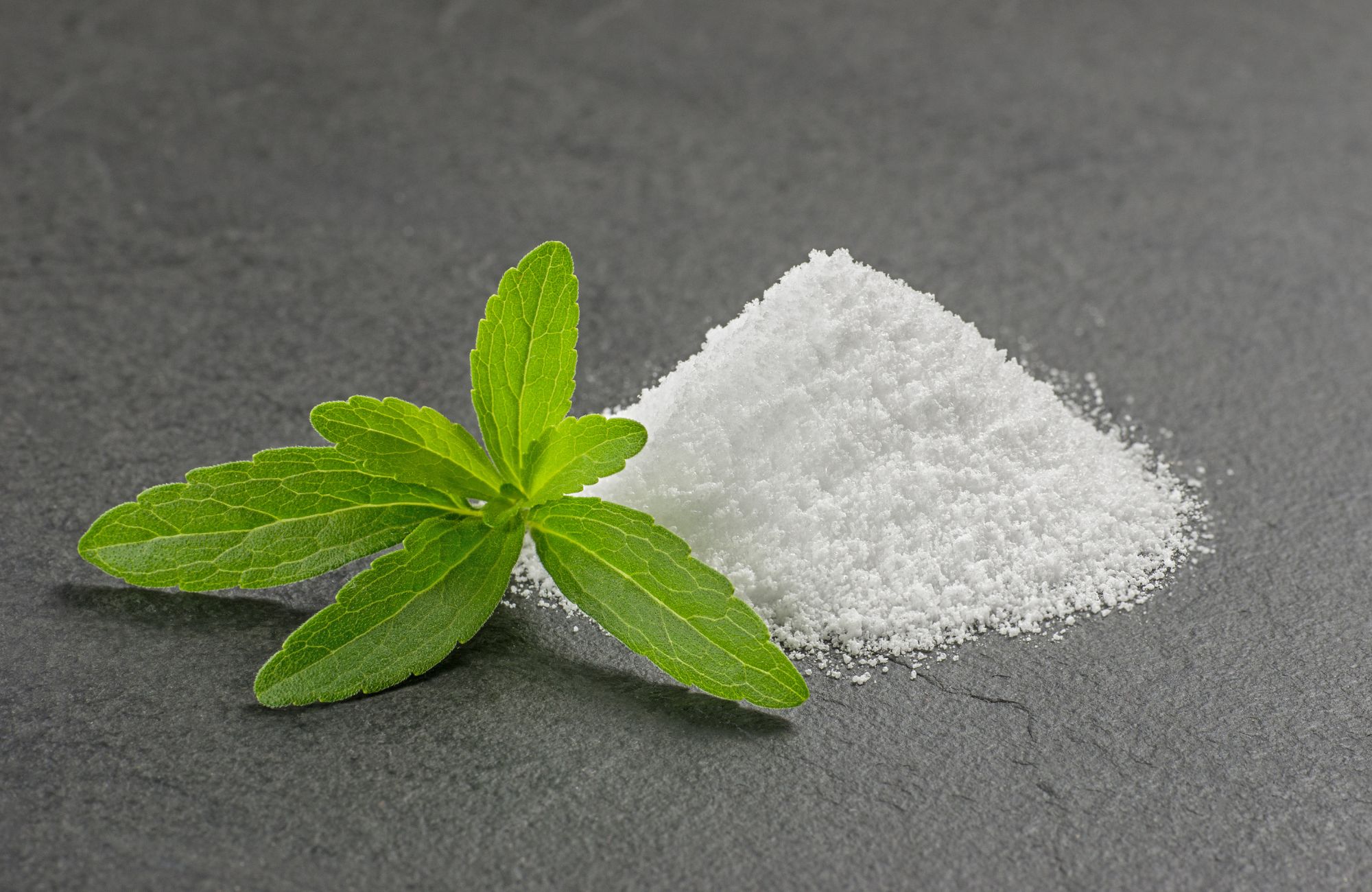
Sugar is everywhere, from your morning latte to your favorite salad dressing. But as awareness grows around the health risks of excessive sugar intake, more people are turning to liquid sweeteners as a smarter, more flexible alternative. Whether you’re aiming to cut calories, go natural, or simply try something new in the kitchen, liquid sweeteners offer a wide range of options to suit your needs. From agave nectar and maple syrup to stevia drops and monk fruit blends, these syrups and concentrates are reshaping how we sweeten drinks, bake treats, and enhance everyday meals. If you’re ready to make more informed, healthier choices without sacrificing flavor, it’s time to explore the world of liquid sweeteners.
Understanding Liquid Sweeteners
Liquid sweeteners are fluid-form sugar alternatives that range from thin and pourable to thick and syrupy. Unlike granulated sugar, they dissolve instantly in both hot and cold liquids, blend smoothly into recipes, and can even add moisture to baked goods. Their convenience and versatility make them ideal for sweetening coffee, tea, sauces, and more without the need for stirring or waiting.
From traditional choices like honey and maple syrup to modern options like stevia and monk fruit drops, liquid sweeteners now cater to a variety of health goals and dietary needs, including keto, diabetic friendly, and tooth-friendly alternatives. Many come in concentrated forms with precise dispensers, allowing users to control sweetness with just a few drops. This makes them perfect for managing calories and blood sugar while still enjoying rich flavor.
Comprehensive Classification of Liquid Sweeteners
Zero-Calorie Liquid Sweeteners
These products contain fewer than 5 calories per serving, making them popular choices for weight management and blood sugar control. They fall into two main categories:
Natural/Plant-Derived Options
- Liquid Stevia: Made from the Stevia plant, very sweet with minimal aftertaste. Often blended for a sugar-like taste.
- Liquid Monk Fruit: Extracted from monk fruit, known for clean sweetness without bitterness. Common in keto diets and often paired with erythritol.
- Allulose Syrups: A rare sugar that mimics sugar’s texture and sweetness but has minimal blood sugar impact. Ideal for baking.
Artificial Liquid Sweeteners
While less popular among natural food enthusiasts, artificial liquid sweeteners remain widespread due to their stability, cost-effectiveness, and intense sweetness:
- Sucralose Drops: Popularized by brands like Splenda, these are heat-stable and very sweet with no calories.
- Saccharin Products: One of the oldest sweeteners, sometimes used in beverages but less ideal for baking.
Reduced-Calorie Liquid Sweeteners
Offering 50-75% fewer calories than sugar, these options provide a middle ground between full-sugar and zero-calorie products.
Low-Digestible Carbohydrates
These sweeteners aren’t fully metabolized by the body, resulting in fewer calories and reduced blood sugar impact:
- Sweet Soluble Fibers (e.g., Yacon Syrup): Provide sweetness with added fiber and possible prebiotic benefits.
- Sugar Alcohol Blends (Sorbitol, Xylitol, Erythritol): Used in liquid blends, they offer reduced calories but may cause digestive issues in large amounts.
Sugar Blends
Agave-stevia blends combine traditional agave nectar with a touch of stevia to reduce calories while preserving the sweetness, texture, and browning properties needed for cooking and baking.
Full-Calorie Liquid Sweeteners
Though higher in calories, these natural options often offer additional nutritional benefits and distinctive flavor profiles.
From Sugar Cane & Beets
- Simple Syrup: A 1:1 mix of sugar and water, simple syrup is a clear, neutral sweetener commonly used in drinks. It’s easy to mix but can contribute to tooth decay.
- Molasses: A thick byproduct of sugar refining, molasses comes in light, dark, and blackstrap forms. Blackstrap is richest in minerals like iron and calcium.
- Invert Syrup: Also called golden syrup, this sweetener is made by breaking down sugar into glucose and fructose. It resists crystallization and adds smoothness to candies and frostings.
From Plant Saps, Fruits and Other Sources
- Honey: A natural sweetener with flavors that vary by flower type. Raw honey contains small amounts of vitamins, minerals, and antioxidants.
- Maple Syrup: Made from boiled maple tree sap, this syrup ranges from light to dark. Darker grades have stronger flavor and more minerals.
- Agave Nectar: Sweeter than sugar and lower on the glycemic index, agave nectar comes in light (mild) and amber (caramel-like) varieties.
- Coconut Nectar: Sourced from coconut blossoms, it has a rich taste and lower glycemic impact. Contains trace minerals and nutrients.
From Cornstarch
- Corn Syrup: A liquid sweetener made from glucose and water. It prevents crystallization in candy and adds moisture to baked goods. Light corn syrup is neutral, while dark versions include molasses.
- High Fructose Corn Syrup: A processed sweetener with added fructose for extra sweetness. Common in sodas and packaged foods, though often debated for its health effects.
Cooking Science: How Liquid Sweeteners Transform Recipes
The Chemistry of Baking with Liquid Sweeteners
The choice of sweetener significantly impacts baking chemistry in multiple ways:
Moisture Content and Texture
Liquid sweeteners add valuable moisture to baked goods, which can create softer, more tender results. This quality makes them excellent choices for muffins, quick breads, and brownies where moisture is desirable. However, when substituting for granulated sugar, you’ll typically need to reduce other liquids by about 1/4 cup for each cup of liquid sweetener used.
Browning Reactions
Different sweeteners brown at varying rates and temperatures. Honey and agave nectar, for instance, promote faster browning due to their fructose content. When using these sweeteners, consider reducing oven temperature by 25°F and watching baked goods carefully to prevent over-browning.
Leavening Interactions
The acidity of liquid sweeteners can affect leavening. Honey, molasses, and maple syrup are slightly acidic, which enhances the effectiveness of baking soda. When using these sweeteners, you may need to adjust leavening agents—typically reducing baking powder slightly or increasing baking soda.
Practical Applications for Different Beverages
Hot Drinks
For hot coffee and tea, any liquid sweetener works well because heat helps with incorporation. Flavor-forward options like maple syrup can add interesting complexity to coffee, while neutral options like simple syrup preserve the beverage’s intrinsic flavor.
Cold Beverages
In cold drinks like iced coffee, cold brew, and iced tea, liquid sweeteners work better than granulated sugar. Simple syrup offers neutral sweetness, while agave adds a subtle boost. Flavored syrups can elevate specialty drinks, and their portability makes them perfect for on-the-go use.
Smoothies and Protein Drinks
For health-focused drinks like smoothies, zero-calorie options like stevia or monk fruit drops allow sweetness without adding significant calories. Just a few drops can transform a tart yogurt smoothie into a delicious treat while keeping it aligned with nutritional goals.
Specialty Applications and Uses
Cocktails and Mixology
Liquid sweeteners have been essential in cocktail creation for centuries, with each option offering unique characteristics:
- Simple Syrup: The foundation of many cocktails, providing pure sweetness without interfering with other flavors.
- Rich Simple Syrup: A 2:1 ratio of sugar to water creates a thicker consistency that adds both sweetness and texture.
- Honey Syrup: Diluted honey (usually 1:1 with water) adds floral notes and complexity to whiskey cocktails and tiki drinks.
- Agave Nectar: Popular in margaritas and other tequila-based cocktails, complementing the spirit’s natural flavors.
- Flavored Syrups: Infused with spices, herbs, or fruit, these add both sweetness and aromatics in a single ingredient.
Professional bartenders often prefer liquid sweeteners because they incorporate instantly without needing to dissolve, ensuring consistent sweetness throughout the drink.
Confectionery Applications
In candy making, certain liquid sweeteners serve crucial technical functions, such as sugar’s versatility in the food industry:
- Invert Syrup and Corn Syrup: Both prevent unwanted crystallization in caramels, fudge, and pulled candies by interfering with sucrose crystal formation.
- Honey: Creates distinctive flavor and helps retain moisture in nougats and certain soft candies.
- Glucose Syrup: Provides body and chewiness to gummies and other confections while controlling sweetness level.
Confectioners often blend different liquid sweeteners to achieve specific textures and prevent common issues like graininess or premature hardening.
Dietary Considerations and Special Needs
Keto-Friendly Options
For those following ketogenic diets, most traditional liquid sweeteners are too high in carbohydrates. Fortunately, several options work well with this eating plan:
- Liquid stevia remains the most widely available keto-friendly option, with zero carbs and calories.
- Monk fruit drops offer a clean sweet taste without the aftertaste some detect with stevia.
- Allulose syrup has gained popularity in the keto community because it behaves more like sugar in recipes while having minimal impact on blood glucose.
Vegan Alternatives to Honey
For those avoiding animal products, several honey alternatives provide similar functionality:
- Agave nectar offers similar viscosity and sweetness with a milder flavor profile.
- Maple syrup provides rich flavor though with different flavor notes.
- Date syrup delivers honey-like thickness with a distinctive but complementary taste.
- Vegan honey alternatives made from apple juice and other plant ingredients aim to mimic honey’s specific characteristics.
Gluten-Free Considerations
Most liquid sweeteners are naturally gluten-free, but cross-contamination is possible, especially in flavored syrups or products made in shared facilities. Always check for a “gluten-free” label, and avoid options like barley malt syrup, which contains gluten.
Practical Buying Guide and Selection Tips
Reading Labels Effectively
When shopping for liquid sweeteners, understanding labels helps ensure you get what you expect:
- Ingredients List: Always check the first few ingredients, as they make up the largest portion of the product. For natural options, look for single-ingredient products or minimal additions.
- “Natural” Claims: This term isn’t strictly regulated, so dig deeper when you see it. Look for specific certifications like USDA Organic that have regulated meanings.
- Sugar Content: Even natural liquid sweeteners contain sugars. Check the nutritional panel to understand caloric impact.
- Sweetener Blends: Many products combine different sweeteners. For example, some “stevia” products contain mostly erythritol with just a small amount of stevia extract.
Storage and Shelf Life Optimization
To maximize shelf life, store liquid sweeteners properly: refrigerate options like maple syrup and rice syrup after opening, while honey, agave nectar, and most zero-calorie drops can stay in the pantry. Watch for signs of spoilage such as cloudiness, off smells, or mold. Crystallization, especially in honey, is harmless and reversible by gently warming.
Conclusion
From calorie-free drops to richly flavored natural syrups, liquid sweeteners offer endless possibilities for today’s health-conscious cooks and food manufacturers. Understanding the differences between each type, from their flavor profiles to how they perform in recipes, empowers you to make better choices based on your dietary needs and culinary goals. Whether you are baking, blending, or bottling, there is a liquid sweetener perfectly suited for your application.
Looking to buy premium liquid sweeteners in bulk? US Sweeteners has you covered. We supply high quality, food grade liquid sweeteners including stevia, monk fruit, allulose, corn syrup, and more at competitive prices with fast, nationwide shipping. Contact us today to discuss your wholesale needs and discover the sweetener solutions that work best for your business.
FAQs
What are liquid sweeteners?
Liquid sweeteners are sugar substitutes in liquid form, ranging from zero-calorie options derived from stevia leaf and organic monk fruit to naturally occurring sugar sources like honey and maple syrup.
How do you use liquid sweetener?
Liquid sweeteners can be easily stirred into beverages (especially cold drinks where they dissolve instantly), drizzled over foods like yogurt or oatmeal, or used in baking with some recipe adjustments to account for their moisture content.
What is the healthiest sweetener?
The “healthiest” calorie sweetener depends on your specific dietary needs—stevia and monk fruit are ideal for those monitoring blood sugar or calories, while minimally processed options like raw honey and pure maple syrup contain beneficial antioxidants and minerals despite their caloric content.
What is liquid sugar syrup called?
The most basic liquid sugar syrup is called “simple syrup,” which is a 1:1 mixture of granulated sugar and water, though variations include rich simple syrup (2:1 ratio), invert syrup (chemically modified for stability), and flavored syrups infused with additional ingredients.



Leave a Reply